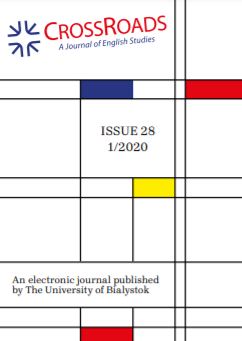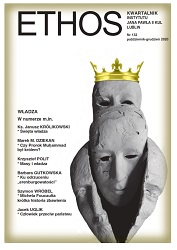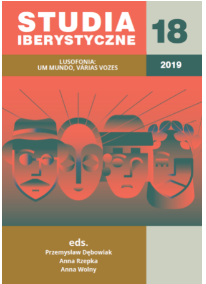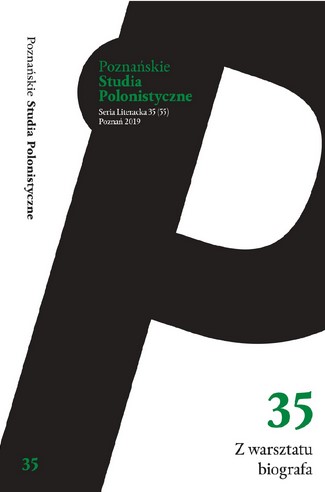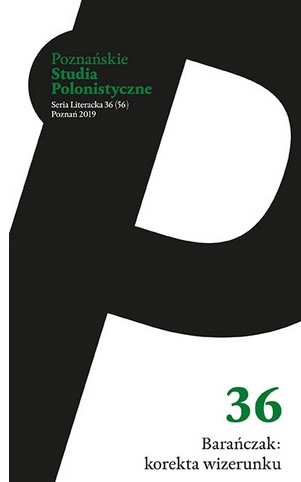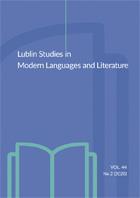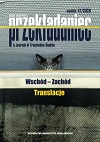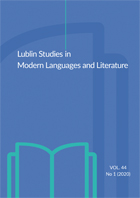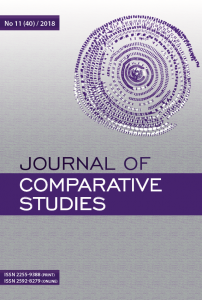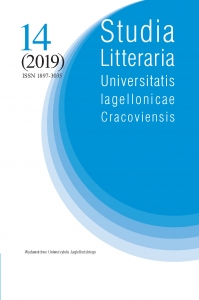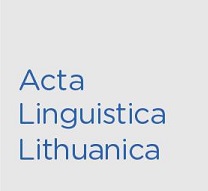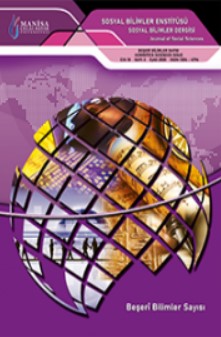
Sadece Bernays’ın Eşi Mi? Halkla İlişkilerin Kadın Öncüllerinden Doris E. Fleischman
The history of professional public relations begins in the 1900s and is usually conveyed through the precursors in the United States. The Ignorance of precursors in this historical narrative, expressed over Ivy Lee and Edward L. Bernays, is the motivational point of the study. The main aim of this study is to make Doris Elsa Fleischman's contribution to the field visible. Although her significant works in public relations, she is almost unnamed in the Turkish public relations literature. In this context, firstly a literature rewiev is made on pr books published in Turkey. Afterwards, Fleischman's contributions to the field of public relations, which has an essential place in the history of public relations in the United States, were analyzed by a negative case study method. As a result, it has been identified that Doris E. Fleischman, who is the copartner of Bernays' company, has been active in many fields from the naming of the field to her contributions in applications and made academic publications.
More...
